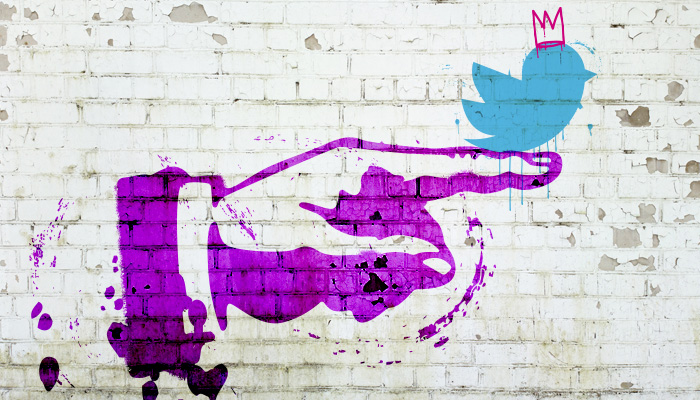01-17-2017
Has Twitter Gotten Too Hot to Handle?

Dear House Rules,
Our company wants to stay current and use the latest marketing strategies, and we love the idea of connecting to customers in a more authentic way—but frankly, Twitter scares us. All the negative media we’ve seen lately has us wondering how we can use this tool effectively without falling into any traps. Advice?
Signed,
Timid about Twitter
Dear Timid:
For one thing, it’s not just you. Many drug companies worry about regulatory challenges when they consider incorporating social media into their marketing strategies. It certainly doesn’t help that Twitter has acquired something of a “Wild West” image in recent years.
However, lots of pharmaceutical firms are using Twitter in a positive fashion, and have led the industry to recognize several best practices:
Develop a long-range content calendar: Plan a content calendar focused on healthcare conferences and events, as well as disease awareness days, so you have time to develop quality content in advance. Having a content calendar is especially helpful for companies with long approval times for marketing material.
Use video: Video is the fastest-growing creative component being used on Twitter, and that content tends to be driven by patient testimonials rather than a standard “TV commercial” format. Using video is a much more accessible way for people to consume information, especially if it’s relevant to them and their condition.
Start a conversation with hashtags: Hashtags can collect online conversations and group them in a searchable way. Pharma companies can use two types of hashtags:
- Existing hashtags—use hashtags like #DiabetesDay these to be part of a larger conversation
- New, custom-created hashtags—these can initiate a brand’s own conversation and further a consistent message they include in all their marketing.
Manage expectations: Place community guidelines regarding response time and hours, privacy, and other company social media policies in pinned tweets so users can understand expectations from the start. That helps patients remember that drug companies operate in a highly regulated industry and won’t be able to respond to every tweet.
Never ignore tweets—even negative ones: Not responding to patients’ tweets is like having an empty call center. Being proactive, even when comments are negative, helps build brand confidence. Acknowledge that you’ve read the tweet, express regret that the patient had a bad experience, and suggest resolving the issue privately through standard channels. That lets other users see the dialogue publicly and feel that the company cares about them. People want to be heard and the perception of negative comments is usually far worse than the reality.
Twitter can be a vibrant part of your brand strategy and complement your other tactics. Xavier Creative House would welcome the opportunity to discuss this 21st century marketing tool with your brand team.

